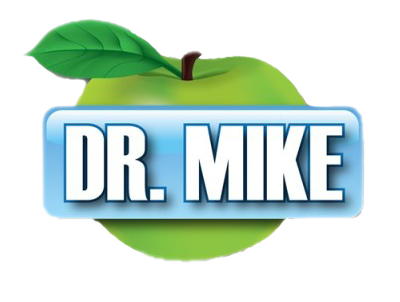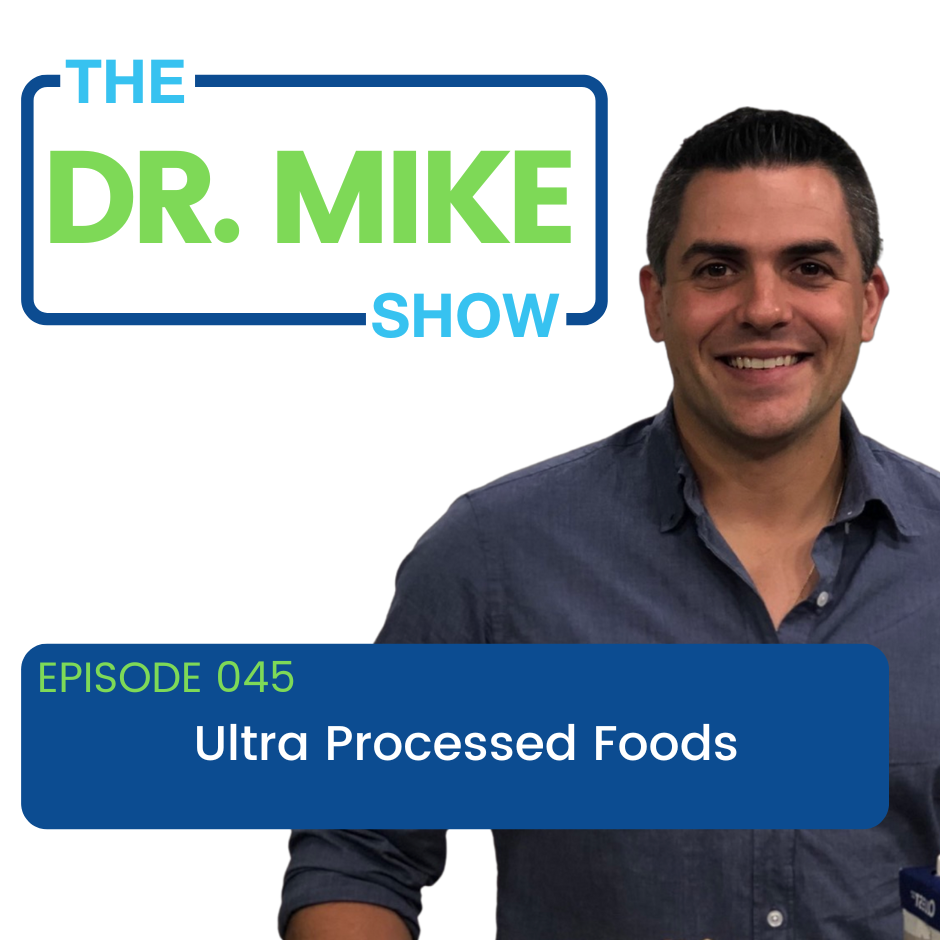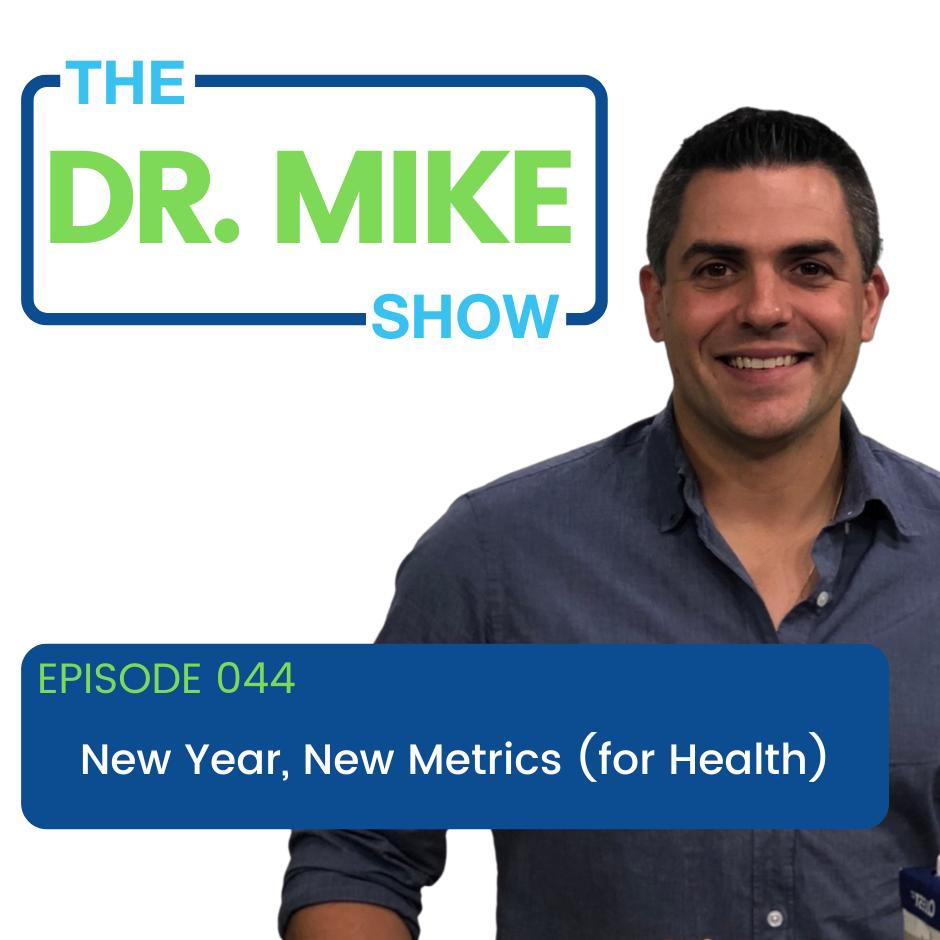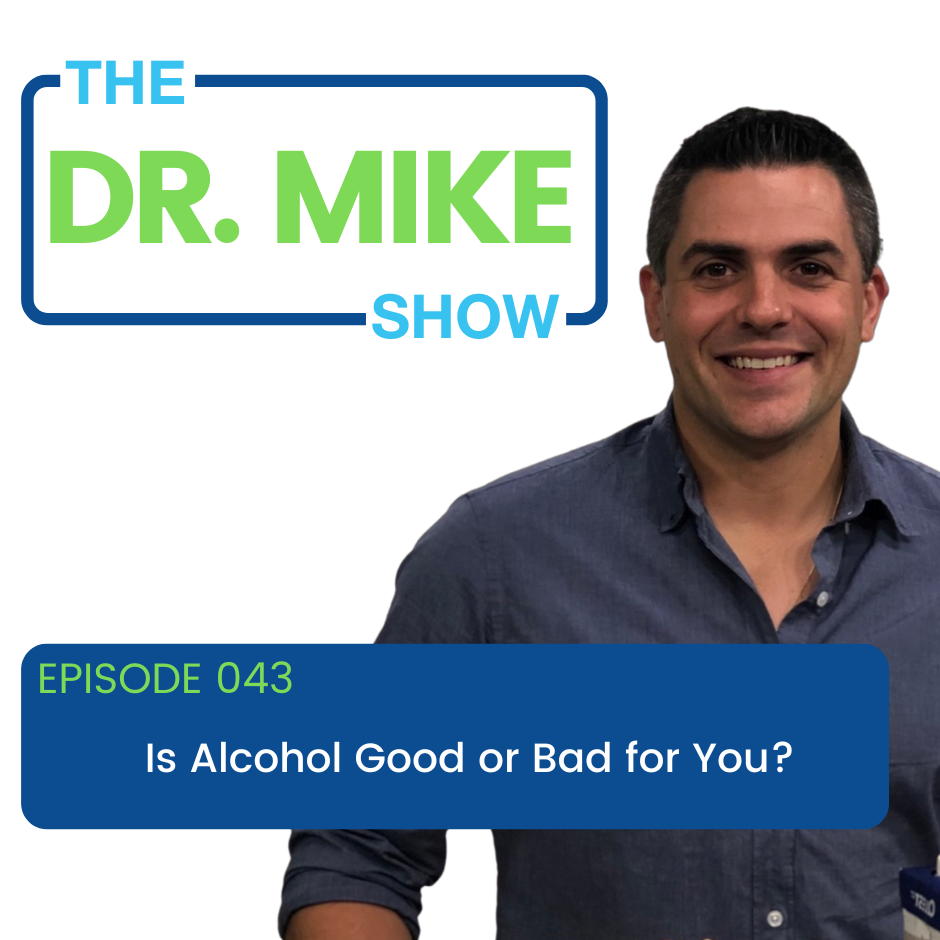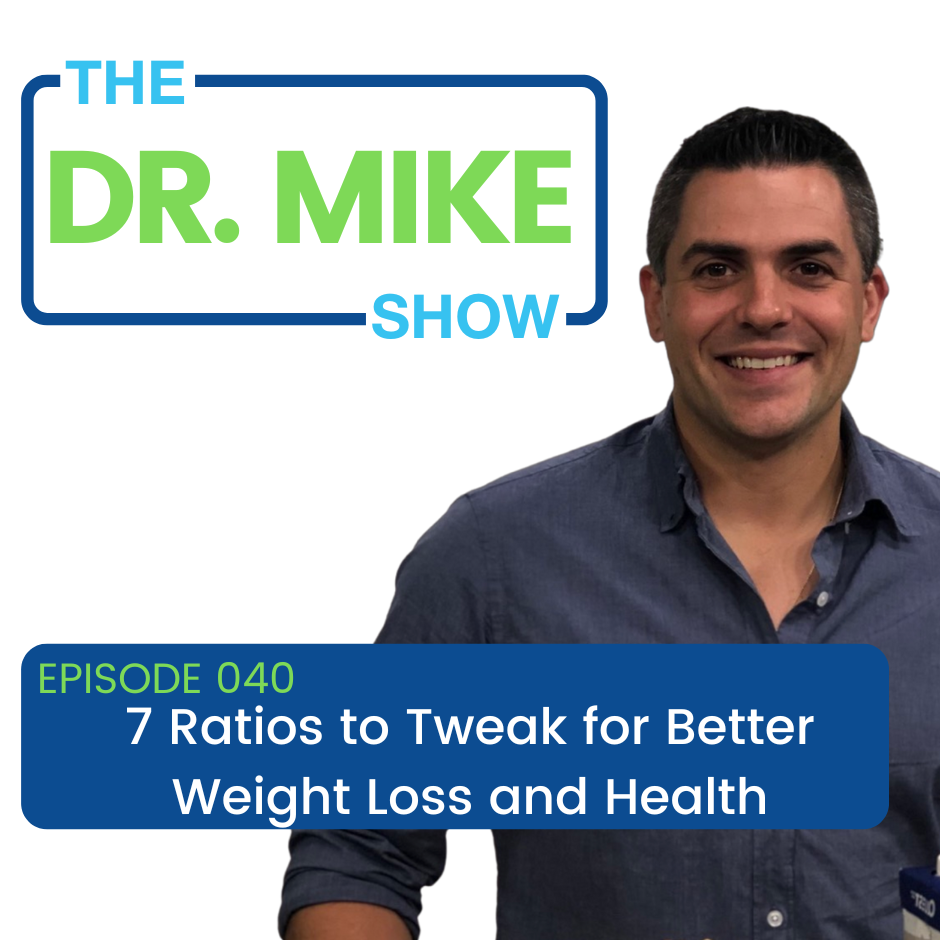Protein should be a central part of every meal. As Dr. Mike noted in a previous post, you may be sick of hearing about the benefits protein at this point, but even though you know the benefits of protein, you might not be consuming it in a way that will maximize your health and fitness goals.
Research shows us that 30 grams of protein is the minimum target amount of protein that we should aim for at each meal. At lunch and dinner, this probably isn’t a hard target for many to meet, however breakfast can be more difficult. Eggs and dairy products are usually the ‘go-to’ protein-containing items we consume at breakfast, but that doesn’t mean that other foods can’t contribute to the meal in order to reach 30 grams.
Why 30 grams? Research shows that this amount will maximally stimulate protein synthesis (e.g. the building of muscle for recovery and/or growth) in adults. Consume more than this, and there can be an added impact on your feelings of fullness from the protein in your meal, but more will not necessarily contribute to a greater amount of protein synthesis. Think of it like a light switch – once your flip the switch on, you can’t flip it on more. If you eat less than 30 grams, you won’t meet your full potential for lean body mass preservation (if dieting) or gains (if eating a caloric surplus because you are trying to gain weight) AND you may be at greater risk for having a negative protein balance (more protein leaving your body than coming in) which will hinder your recovery.
As we get older, it is even more important to hit this 30 gram mark because our ability to build and repair muscle becomes hindered. Think about your parents and/or grandparents and what they eat for breakfast. Consuming 30 grams of protein at breakfast can help prevent or slow the decline in muscle mass that naturally occurs with aging, a problem that contributes to functional limitations and injury. So spread the word!!
Here are some recipes to help you hit the 30 gram protein mark.
Recipes with 400-450 calories and 30g protein
Veggie Scramble w/ Fruit
Makes 1 serving
- 2 large eggs & 2 egg whites
- 1/4 cup sliced red pepper
- 2 tablespoon chopped jalapeno
- 2 tablespoon chopped onion
- 1 teaspoon olive oil
- 1 oz (1/4 cup) reduced fat cheddar cheese
- 2 tablespoon avocado
- 2 tablespoon salsa
- 1/2 cup kiwi
- 1/2 cup strawberries
- Cook vegetables in olive oil.
- Add eggs and cheese and scramble until cooked.
- Top with avocado and salsa.
- Serve with fruit on the side.
Nutrition Information: Calories: 430, Fat: 23g, Carbohydrates: 28g, Fiber: 7g, Protein: 30g
Berry Kale Smoothie
Makes 1 serving
- 1 cup 1% milk
- 6 oz plain nonfat Greek yogurt
- 1/2 cup frozen blueberries
- 1/3 cup raspberries (fresh or frozen)
- 1/2 cup kale (thick ribs removed)
- 1 1/2 tablespoons walnuts
- 1 tablespoon flax seeds
- Blend ingredients together.
- Add ice, water or stevia if necessary
Nutrition Information: Calories: 410, Fat: 16g, Carbohydrates: 40g, Fiber: 10g, Protein: 31g
Yogurt Breakfast Bowl
Makes 1 serving
- 7 oz. plain nonfat Greek yogurt
- 1/4 cup quinoa, cooked
- 3 tablespoon pomegranate seeds
- 3 tablespoon sliced almonds
- 1/2 oz. chia seeds
- 1/4 cup kiwi, sliced
- 1/3 cup blackberries
- 1 teaspoon honey
- Add chia seeds and honey to yogurt and let sit for 5 minutes.
- Add other ingredients and enjoy.
Nutrition Information: Calories: 440, Fat: 16g, Carbohydrates: 50g, Fiber: 13g, Protein: 30g
Recipes with 500-550 calories and 30g protein
Quinoa Breakfast Scramble
Makes 1 serving
- 2 large eggs and 2 egg whites
- 1/2 cup cooked quinoa
- 2 tablespoon chopped onion
- 1/4 cup sweet red pepper
- 1/4 cup zucchini
- 3 tablespoon cooked corn
- 2 tablespoon chopped jalapeno (optional)
- 1/4 cup reduced fat cheese
- 2 tablespoon avocado
- 2 teaspoon olive oil
- Lime juice and cilantro if desired
- Toss onion, pepper, zucchini, corn and jalapeno with olive oil and roast at 400 degrees for 20 minutes.
- Scramble eggs together with vegetables and cooked quinoa.
- Add cheese.
- Top with avocado, lime juice and cilantro.
Nutrition Information: Calories: 540, Fat: 29g, Carbohydrates: 38g, Fiber: 7g, Protein: 34g
Berry, Banana, Avocado Smoothie
Makes 1 serving
- 1 cup 1% milk
- 2 oz. plain nonfat Greek yogurt
- 1/2 scoop protein powder
- 2/3 cup frozen blueberries
- 1/3 cup avocado
- 1/2 cup spinach
- 1 1/2 tablespoons walnuts
- 1 teaspoon honey
- 1 1/2 tablespoon flaxseeds
- Blend ingredients together.
- Add ice, water or stevia if necessary.
Nutrition Information: Calories: 519, Fat: 25g, Carbohydrates: 48g, Fiber: 11g, Protein: 32g
Almond Raspberry Parfait
Makes 1 serving
- 6 oz. plain nonfat Greek yogurt
- 1/2 teaspoon honey
- 2 tablespoon almond butter
- 1/2 cup raspberries
- 1/3 cup quick oats
- 1 teaspoon honey
- 1 teaspoon coconut oil
- 1 tablespoon slivered almonds
- 1 teaspoon vanilla extract
- Cinnamon as desired
- Mix together oats, honey, coconut oil, almonds, vanilla and cinnamon.
- Spread out on a baking sheet that has been sprayed with non-stick spray.
- Bake at 300 until toasted.
- Toss at 5 minutes.
- Mash raspberries.
- Add honey, almond butter and raspberries to yogurt.
- Stir in granola.
Nutrition Information: Calories: 540, Fat: 28g, Carbohydrates: 49g, Fiber: 11g, Protein: 30g
